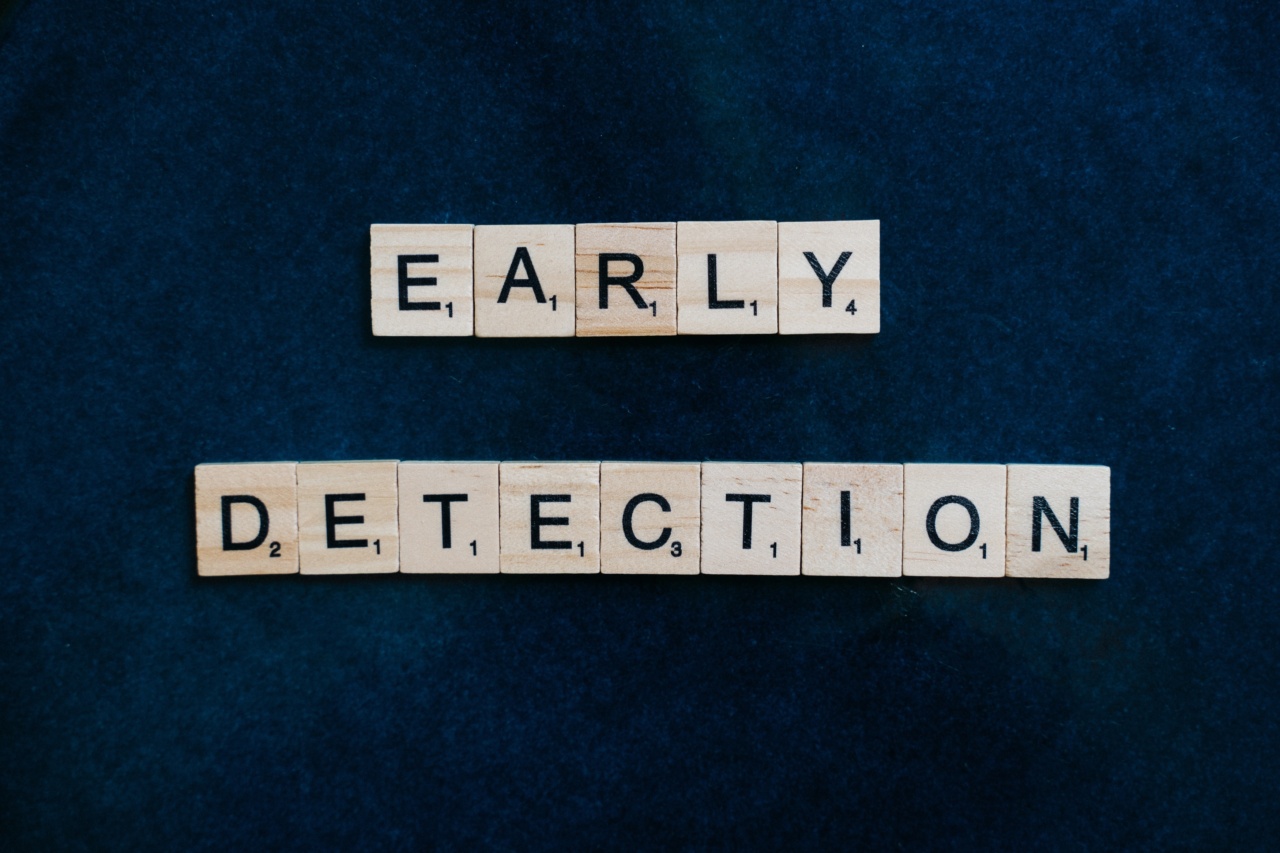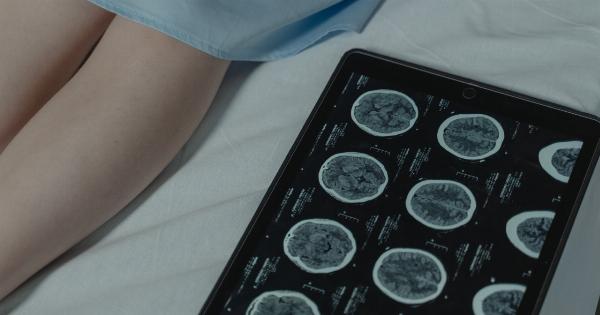Cancer has always been a major health concern across the world, with millions of people losing their lives to the disease every year. In recent years, the medical industry has advanced significantly in the detection and treatment of cancer.
With the introduction of new technologies and techniques, it has become easier to detect cancer early, thereby increasing the chances of successful treatment.
In Paleo Faliro, a revolutionary biopsy technique for early cancer detection has been introduced.
This is a game-changer for the medical industry as it can detect cancer at a very early stage, which ultimately increases the chances of successful treatment.
What is Biopsy?
Before understanding the revolutionary biopsy technique, it is crucial to understand what biopsy means. Biopsy refers to the process of removing a small amount of tissue or cells from the body to examine them for the presence of disease.
It is a common procedure used in the diagnosis of cancer or other conditions. The biopsy sample is then sent to a lab and examined under a microscope.
This process helps determine the presence of cancerous cells or other conditions to accurately diagnose patients.
Revolutionary Biopsy Technique in Paleo Faliro
The revolutionary biopsy technique in Paleo Faliro involves the use of Liquid Biopsy. Liquid Biopsy is a non-invasive technique for detecting early-stage cancers, which involves the collection of blood samples instead of tissue samples.
With Liquid Biopsy, doctors are able to analyze and identify circulating tumor cells (CTCs) and cell-free DNA (cfDNA) in the blood.
These CTCs or cfDNA often originate from cancerous tumors, and their presence in the bloodstream can indicate the presence of cancer in the body.
The technique is not only non-invasive but also more accurate than traditional biopsy techniques. It can detect cancer even before any symptoms are observed, and it is performed in just a few minutes with minimal discomfort to the patient.
How is the Liquid Biopsy Technique Performed?
The Liquid Biopsy technique involves collecting a small amount of blood from the patient. The sample is then sent to a lab, where it is analyzed for the presence of CTCs and cfDNA.
The process involves isolating and analyzing circulating tumor cells (CTCs) and cell-free DNA (cfDNA) in the blood.
These CTCs or cfDNA often originate from cancerous tumors, and their presence in the bloodstream can indicate the presence of cancer in the body.
The analysis is performed using advanced technologies that allow for the detection of low levels of CTCs or cfDNA in the bloodstream accurately.
The results are usually ready within a few hours, and doctors can use them to make informed decisions about treatment options.
Why is Liquid Biopsy Better Than Traditional Biopsy?
While traditional biopsy techniques are accurate, they are invasive and can be uncomfortable for patients. In addition, traditional biopsy techniques can lead to complications, including infection, bleeding, and damage to surrounding tissue.
The Liquid Biopsy technique is non-invasive and does not cause any discomfort to the patient. The procedure is quick and easy, and there is no risk of complications or damage to surrounding tissues.
Furthermore, the technique can detect cancer even before any symptoms are observed, which increases the chances of successful treatment.
This makes it more effective than traditional biopsy techniques, which may not detect cancer until it has progressed to a later stage.
Benefits of the Revolutionary Biopsy Technique in Paleo Faliro
The revolutionary biopsy technique in Paleo Faliro has numerous benefits, including:.
- Non-invasive procedure
- Quick and easy to perform
- Highly accurate
- Can detect cancer even before symptoms are observed
- No risk of complications or damage to surrounding tissues
- Increased chances of successful treatment
Conclusion
The revolutionary biopsy technique in Paleo Faliro using Liquid Biopsy has revolutionized cancer detection. It is a non-invasive, quick, and easy procedure that can detect cancer even before any symptoms are observed.
The technique is highly accurate and has no risk of complications or damage to surrounding tissues. This increases the chances of successful treatment and ultimately saves lives.




























